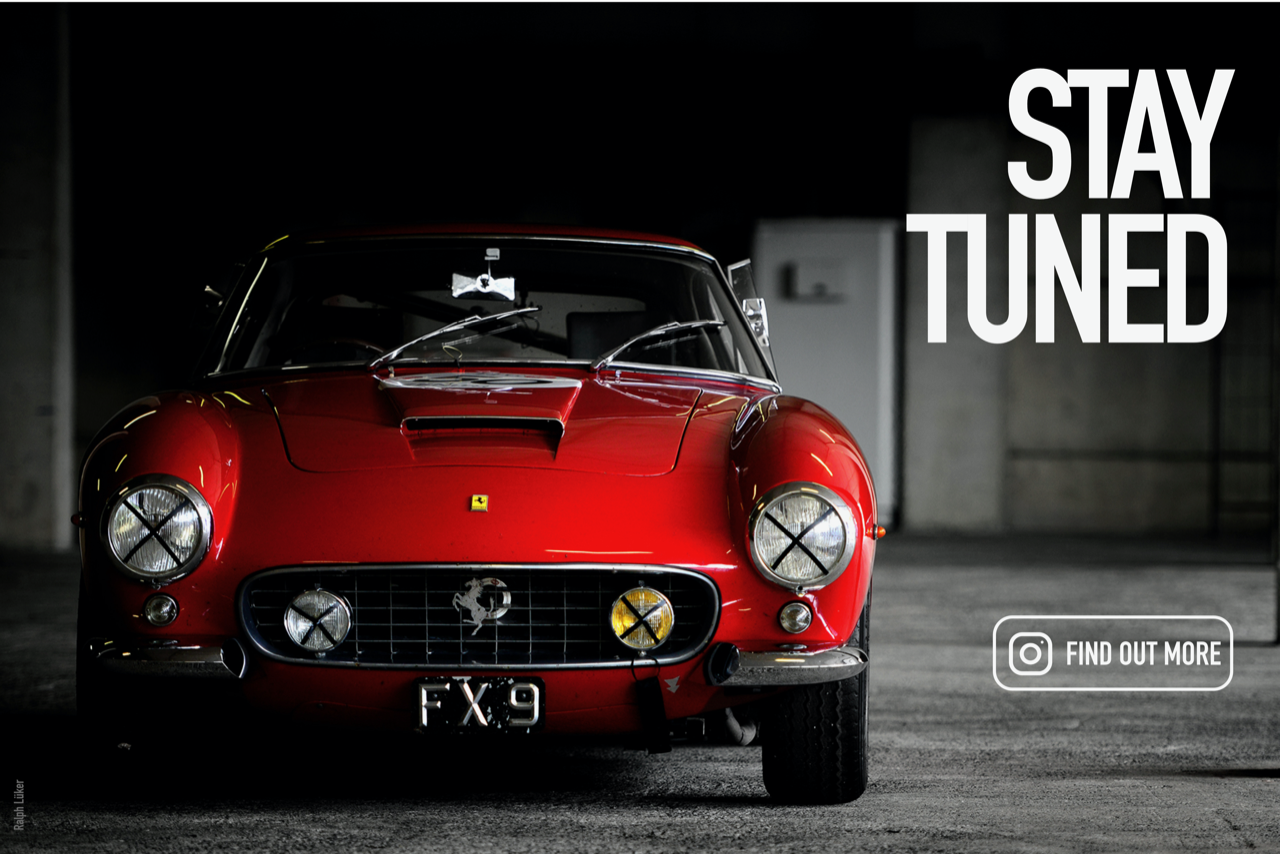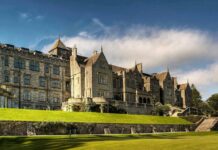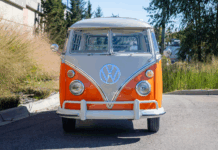Rolls-Royce will celebrate a century of the Phantom at the Goodwood Revival by displaying five of the finest examples of the breed on the lawn outside the Goodwood Aerodrome.
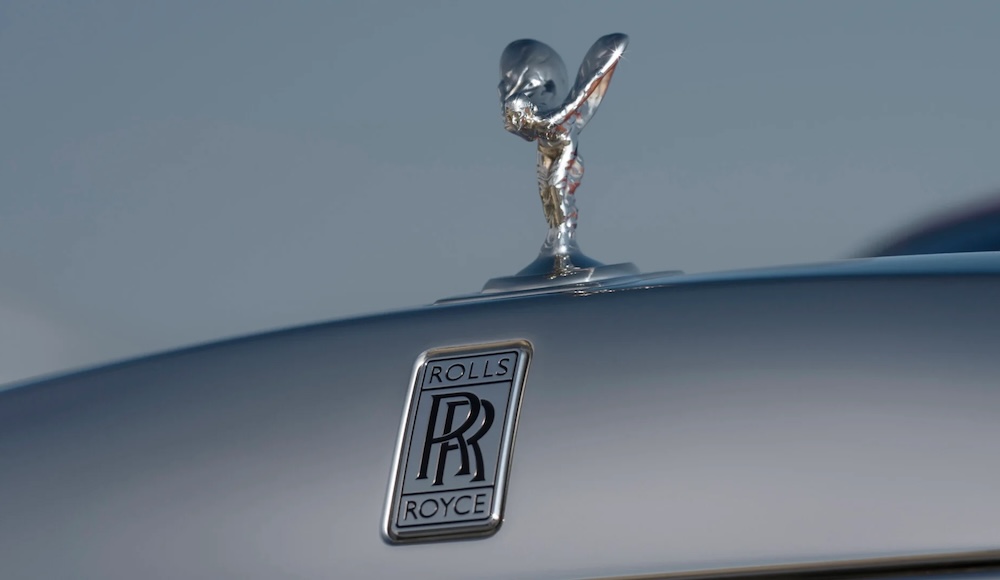
Included in the display is the definitively decadent 1926 ‘Phantom of Love’ Phantom I, a sunroof-equipped 1929 Phantom II, Major Frederick Warren Pearl’s 1937 Phantom III, King Charles’ 1950 Phantom IV and a 1960 Phantom V bought for the chairman of Marks and Spencers.
Even by the lavish standard of Rolls-Royce, the ‘Phantom of Love’ stands out as something incredibly special — and that’s before you’ve seen the interior. The Victoria and Albert Museum inspired the car’s cabin, with hand-drawn artwork replacing headliner and highly polished satinwood panelling where you would expect to see spongy plastics on a modern car.
You don’t get a back seat but instead a sofa decked out in fine French tapestries costing £500 alone, about what you’d have paid for a house in the 1920s. Cherubs feature prominently throughout the cabin, there’s a French gold-gilded clock, porcelain vases and a bowed drinks cabinet. It makes the cabin of a modern Phantom look austere and, costing less than £250,000, pricy.
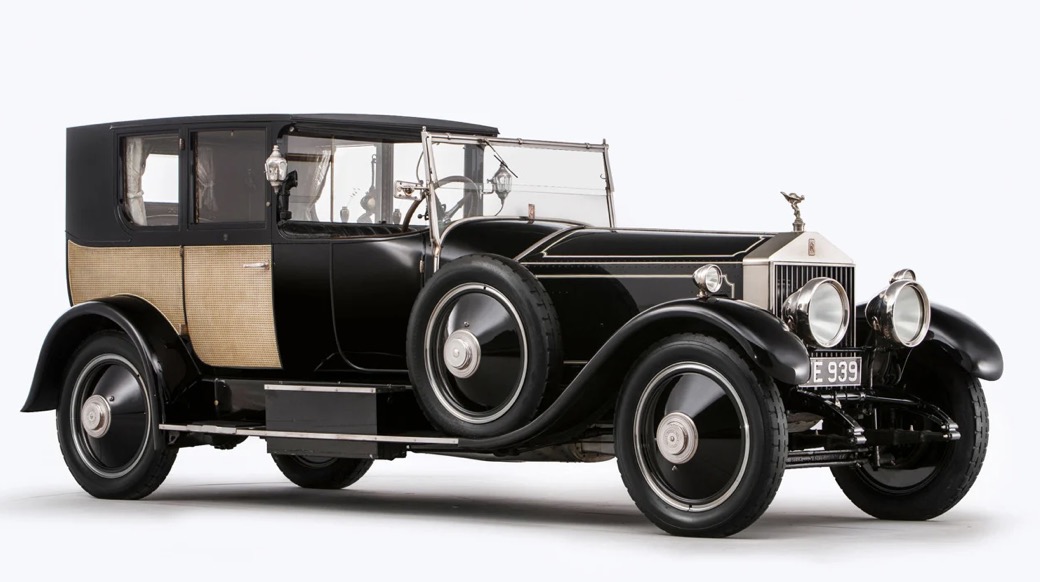
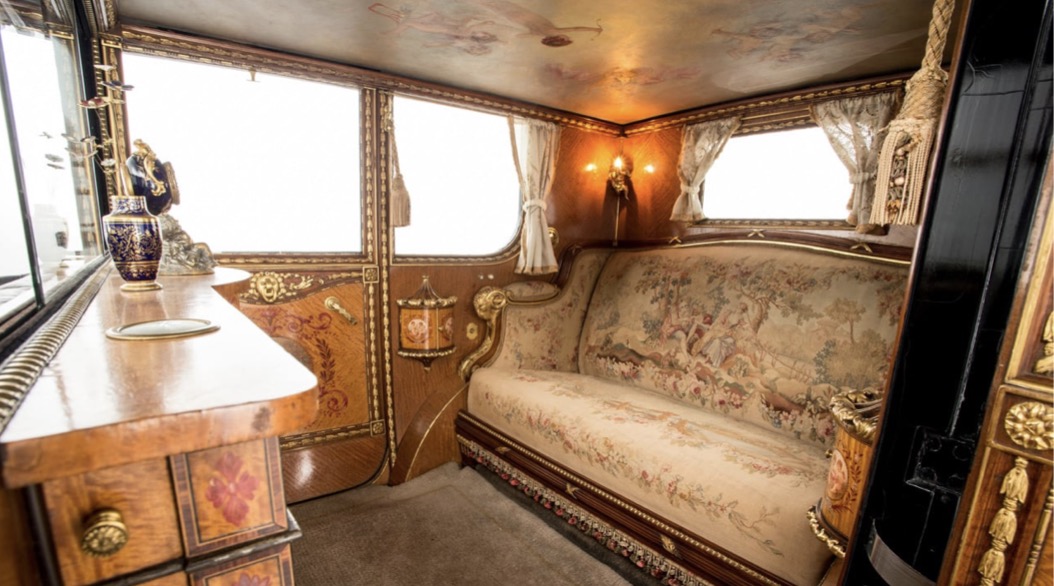
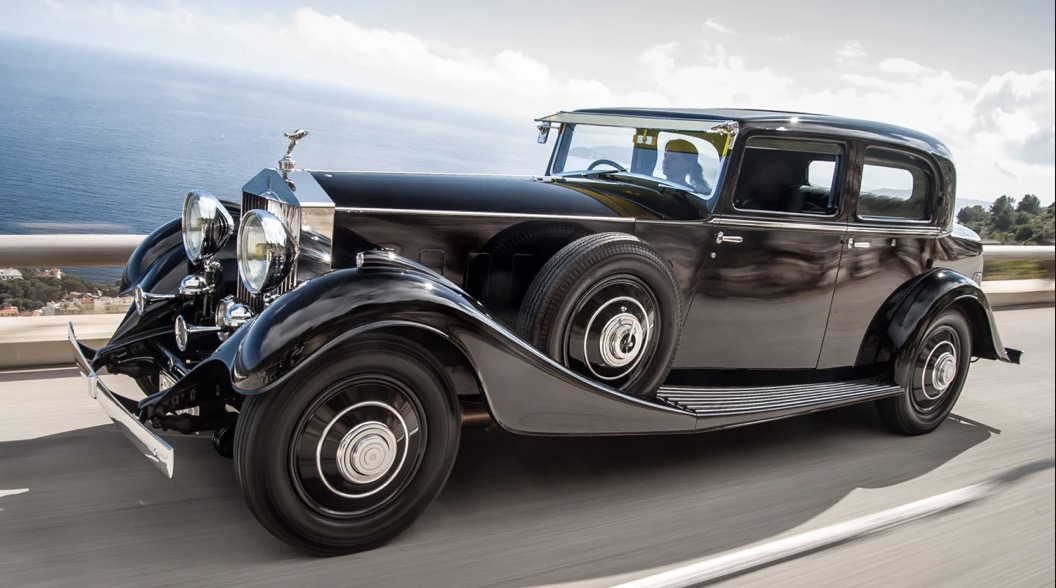
The Phantom was replaced in 1929 by the Phantom II, the last of Rolls-Royce’s 40-50H.P. models, using a variation of its predecessor’s 7.7-litre straight-six engine. While the engine was updated, the chassis was all-new with a rear axle mounted on semi-elliptical springs instead of cantilever springs. Combined with the engine changes, this allowed the body to be mounted lower for improved handling.
Chassis 92PY was a Continental version, with a short wheelbase and stiffer springs. It was ordered by A. Y. Gowen, an American industrialist who owned 16 Rolls-Royces throughout his life. It’s thought he used the car to travel Europe, and it came fitted with a unique yellow-tinted sun visor and sunroof.
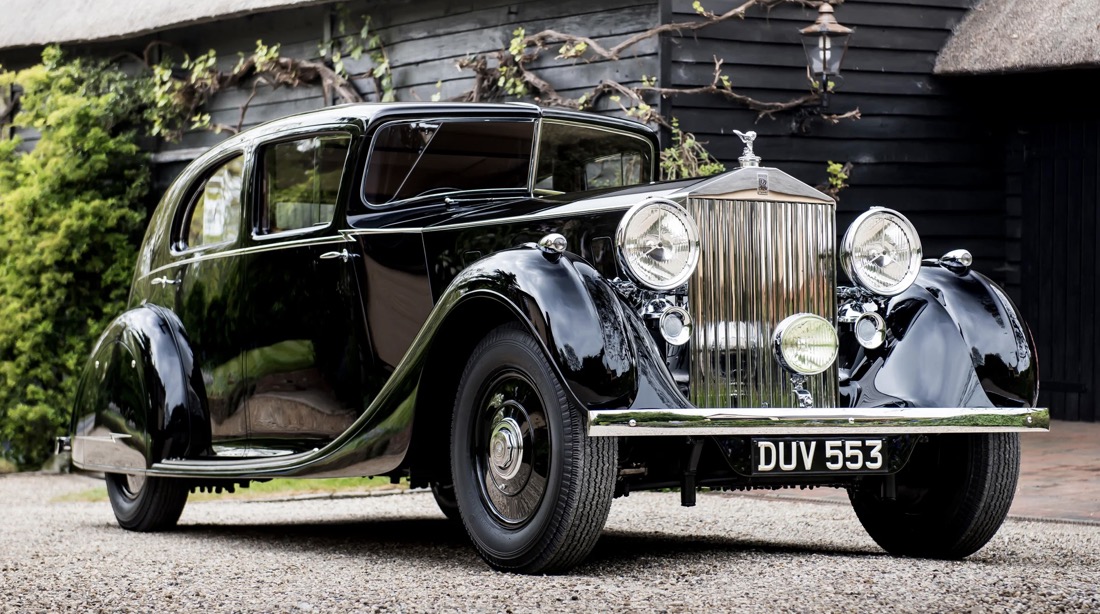
The Phantom III came in 1936. The first Phantom fitted with a V12 engine, it was Sir Henry Royce’s last major design before he passed away in 1933. The V12 engine was more compact than the old straight-six, and punchier, too, upping horsepower from 122PS (89kW) to 162PS (119kW) and allowing Phantom III’s fitted with lightweight coachwork to hit 100mph. Independent front suspension made it more comfortable than its predecessor.
Development models of the new Phantom were codenamed Spectre, the same name as Rolls-Royce’s new electric saloon. The Phantom III you can see on the Aerodrome lawn was ordered by Major Frederick Warren Pearl in 1937 and acquired by its current owner in 1995, following a restoration by Dennis Pilling & Son.
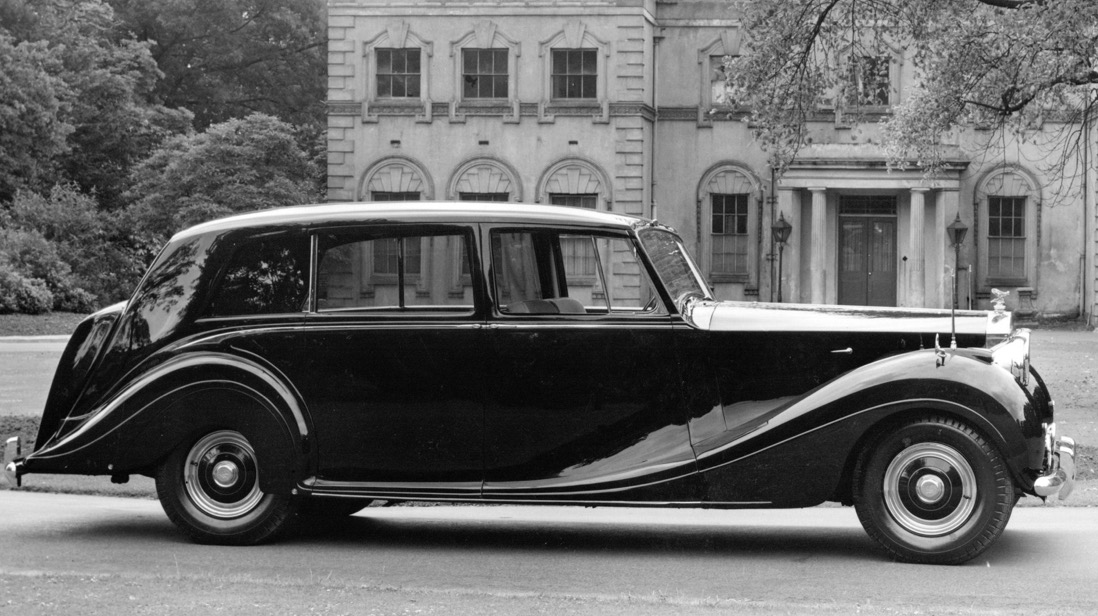
The Phantom III went off sale in 1936 and was replaced by the IV until 1950. The IV was never planned to be mass produced, instead it was built specifically for royalty; the then-Princess Elizabeth bought this car in 1949. The Duke of Edinburgh had test driven a Bentley and decided its eight-cylinder Rolls-Royce engine would be the perfect heart for a new Royal limousine, thus Rolls-Royce was duly named as a purveyor to the royal household.
The car was nicknamed Nabha to hide the source of the order and featured a H. J. Mulliner body mounted to a ladder chassis, with independent suspension at the front and a live axle at the rear using semi-elliptic springs. While automatic gearboxes were becoming popular at the time, the future Queen preferred to rely on the steady foot of her chauffeur so the car was supplied with a four-speed manual gearbox.
A modified driver’s seat was fitted to accommodate the Duke of Edinburgh and it was fitted with decorum-saving ‘super silent’ brake discs. Inside, the Rolls-Royce was lavished with luxurious materials like wood and leather, and its sizable dimensions meant luxurious amounts of space. Just 18 Phantom IV were built and this car is still used by today’s King and Queen monarchs.
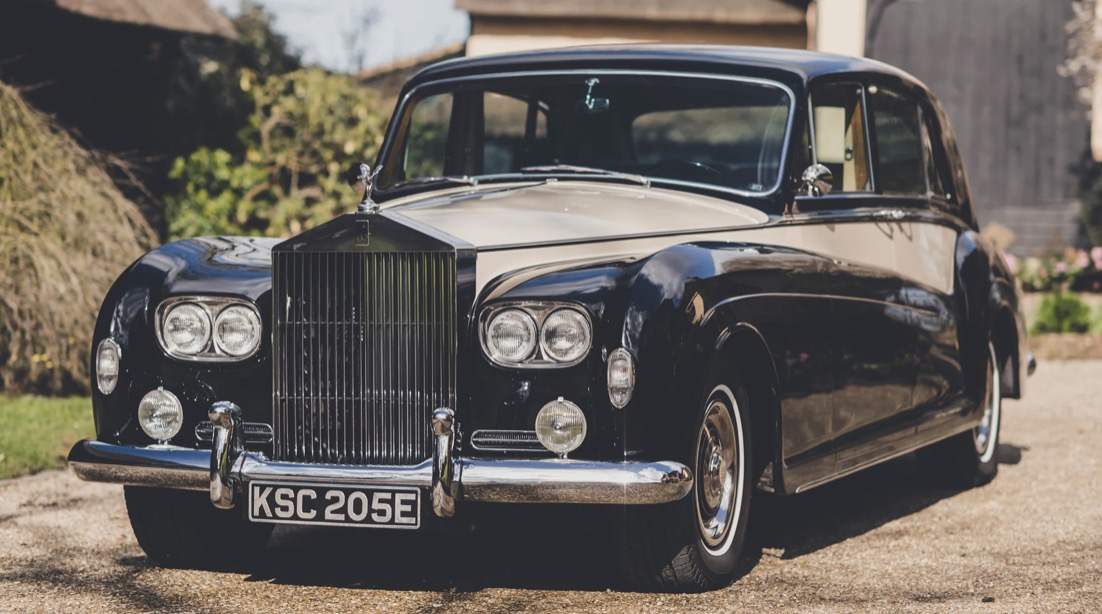
The final car to make up the centenary celebrations is a rare James Young PV22 design Phantom V. This car was ordered in 1964 by Marks & Spencers to transport its chairman Lord Marks and has covered 92,000 miles since. It remains original in Midnight Blue paint with beige Connolly hide in the front and West of England cloth in the rear. Lord Marks could enjoy food and refreshments using the car’s burr walnut picnic tables and cocktail cabinet.
This Rolls-Royce celebration won’t just be restricted to a static display either, four Phantom Vs will be out on the Motor Circuit in all their opulence in between races over the course of the Revival weekend.
Tickets for the Goodwood Revival are limited! Only Sunday tickets remain, so secure yours now to avoid missing out on the world’s best historic motorsport event.
Report by Russell Campbell for goodwood.com

